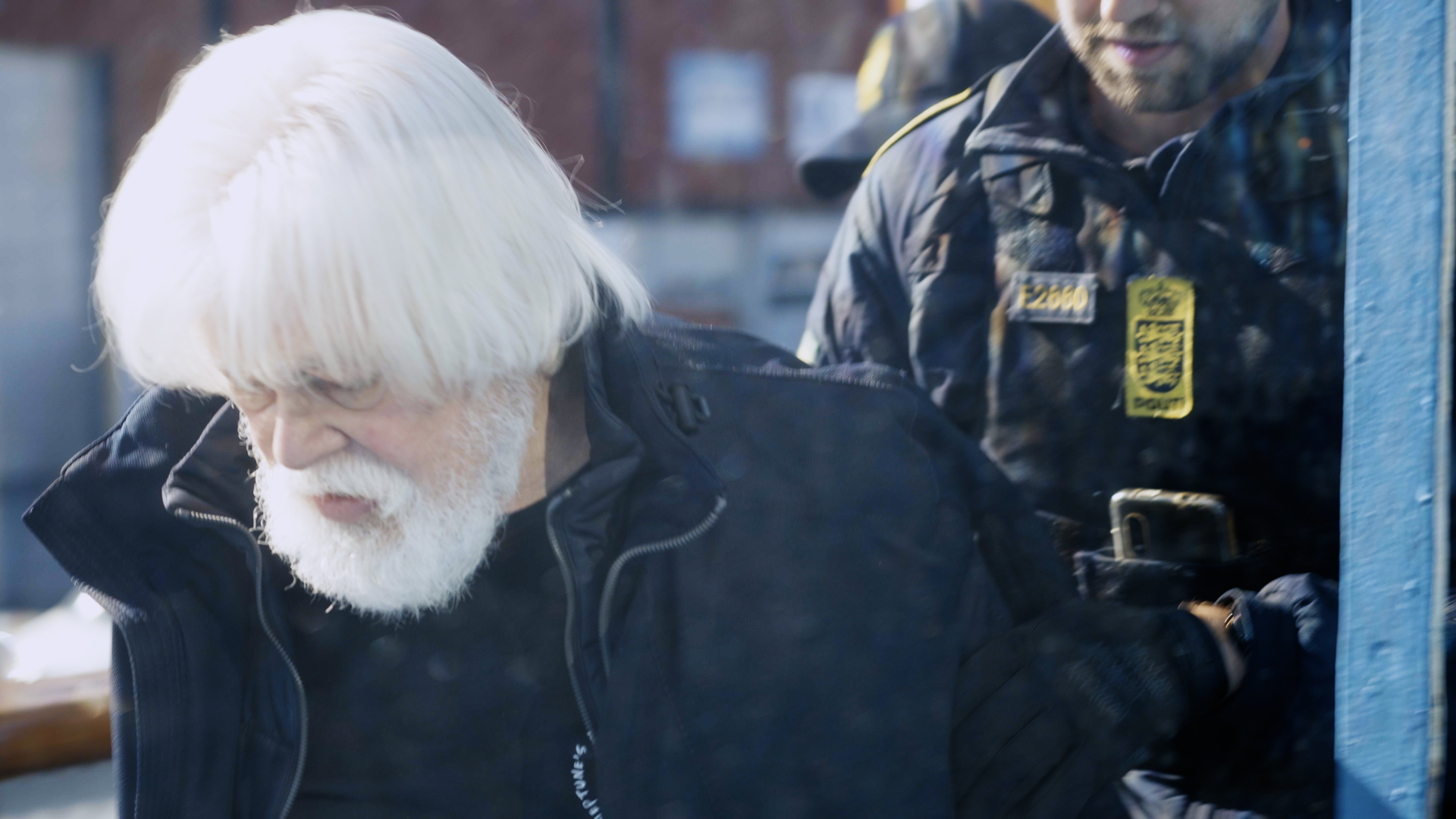The film opens on a lone woman (D’Anna) kneeling by a stream in the woods. She’s neither young nor old – elegant but somehow fragile in appearance. Soon she’s cycling through woodland and into an antiquated, unspecified European village. She arrives at the door of a large, majestic house and is forced to wait until the owner of the house (Knudsen), an icily beautiful woman, finally answers her door to admonish the woman for being late.
The owner then sets various house chores for the woman, routinely humiliating her in the process. Everything is photographed with a sense of purpose, so that we’re acutely aware of even the slightest gesture. The atmosphere becomes charged with electric potential – everything is eroticised, from a shiny leather boot to the purring of a Siamese cat. When the owner demands a foot massage, it becomes clear that this woman’s duties will involve more than just domestic chores.
Seventies surely?
This is the third feature written and directed by Reading-born Peter Strickland. Previously he directed The Berberian Sound Studio, a love letter to Italian horror cinema of the 1970s that is intelligent, atmospheric and somewhat experimental.
The influence of retro European cinema continues here with a fetishist’s attention to period detail, not only in setting and costume but in form. The score is all harpsichord, the airy vocals full of languid sighs. Watching the opening titles sequence, with credits in retro typeface, freeze frames and autumn hues, you’ll be convinced that the film was made 40 years ago. Many of the female cast – not a single male appears on screen – have seemingly been chosen for their distinctly ‘70s appearance – for their cat-like, Barbara Steele-esque features.
Whispers of Bergman
The drama plays out almost entirely within the walls of the owner’s beautiful gothic mansion, which in other hands may have felt restricted or theatrical, but Strickland confirms himself as an artist of cinema. He offers us a blur of inner and outer life, a richly emotional, erotic dreamscape populated exclusively by women who all appear to be involved in lepidopterology (the study of moths and butterflies) and attend regular lectures and seminars on the subject – these excursions are the only times we leave the house.
The absence of males draw further comparison with the cinema of that period, reminding us of Ingmar Bergman’s Liv Ullman-centric output, particularly of the brilliantly claustrophobic Cries & Whispers, of which no doubt Strickland is an admirer. However, The Duke of Burgundy has more to do than imitate and Strickland has more to voice than his admiration for great cinema. The film is more than its intricately crafted surface, as becomes clear through it deeper exploration of these two characters.
Woman bites dog
Essentially, Strickland has taken the archetypal dog – dependant, subservient, loyal – and put it in a relationship with an archetypal cat that is selfish, pleasure-seeking and promiscuous. A simple conceit, but Strickland mines the power dynamic for all the human complexity it will yield, expertly communicating the pain of enduring imbalance within a relationship where one gives far more of oneself than one would receive.
While any comparison to 50 Shades of Grey, beyond the superficial, is largely redundant, Strickland follows that cinema ‘phenomenon’ to quietly offer a masterful work of art deserving of the fuss. Go and be spellbound.















